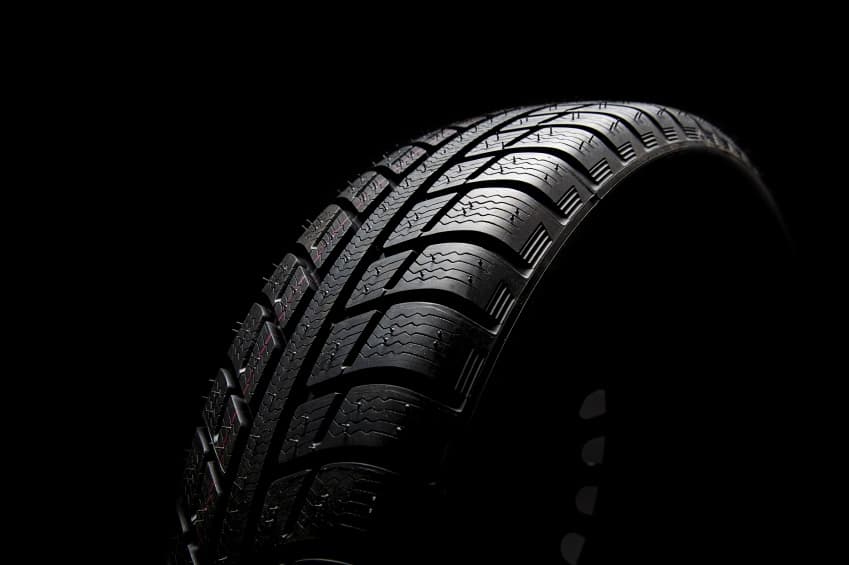Test Time: Top 10 Road Test Tips

Giving a road test to an applicant seeking employment can be one of the best ways to determine whether the individual will be a safe hire. When conducting a road test, you can spot poor driving habits that may translate into serious crashes if the behaviors are not corrected.
Here are some clues to watch for when conducting a road test to help make the hiring case:
- Watch how a pre-trip inspection is performed. Behavior around the truck, even before you are on the highway, can be a good clue. Make sure the applicant does a coupling procedure to make sure he/she is knowledgeable about this process. If uncertain about the process, future equipment damage or possible trailer separation claims can occur.
- Observe how the applicant enters and exits the cab. Did he/ she use the 3-point contact system? If not, you could be hiring a potential workers' compensation risk.
- Monitor speed management and lane control on the roadway. Difficulties in either area can be a red flag identifying potential issues in vehicle control skills.
- Determine if the applicant has strong defensive driving skills at intersections. Watch to see if the driver slows slightly and covers the brake upon approach. When stopped at a red light, does the driver check traffic left and right prior to entering the intersection after the light turns green?
- Notice whether or not the driver allows the vehicle to rollback slightly after stopping at an intersection. Check to make sure the driver keeps the truck in gear, clutch in and right foot on the brake, and that no rollback occurs when driver puts the vehicle in forward motion.
- Watch for braking in curves and turns. If the driver is entering any curve too fast and brakes in the curve, there is a rollover crash potential in the future. Make sure the driver slows prior to the curve to at least 10 mph below the posted limit and applies slight power through the curve or turn. This is also an important winter driving skill.
- Monitor the applicant's observation skills. For example, if you go under a bridge which has a bridge height sign, ask the driver after you have passed under the bridge what the bridge height sign indicated. Also, watch to see that the applicant is checking their mirrors every few seconds.
- Check turning and visual search skills. Have the applicant do at least two right turns and two left
turns. Preferably, these should be somewhat tight right turns and, if possible, a double-lane left turn.
Proper set-up and proper observation skills before, during, and after the turn are needed. Running the trailer tires up over the curb, or turning so far wide that a car could easily slide in beside the truck are indicators that a future right turn squeeze accident is likely. Failing to check traffic to the rear during a left turn, could be a sign that a left turn squeeze accident could occur later. - Observe the applicant's following distance habits. Ask what his/her personal rule is, and then watch what happens with traffic on the freeway. Does the applicant take any corrective measures to regain following distance? A driver who is passive with this situation will be more likely to be involved in a rearend crash in the future.
- Require the applicant do at least two backing maneuvers. First, a straight-line backing maneuver into a dock, then an angle backing maneuver. Monitor to see if the applicant gets out to look prior to backing or not. If not, it could be a sign they will not get out to look when no one is around watching, and future backing accidents are likely.
Lastly, a word about establishing a documented set route for your road tests. Having all potential new-hires test on the same route will ensure you are getting a consistent test and are checking for the most significant risk factors. Road test duration in terms of miles and time is a company-by-company decision; however, make sure your road tests are long enough to get a true gauge of the applicant's ability.
If you have any questions from the above article, contact Great West Casualty Company by clicking below. If you need to request a truck insurance quote, click here.




